Step-up British hi-fi system for CD and streaming joy
A stunning system that will do justice to your digital sources
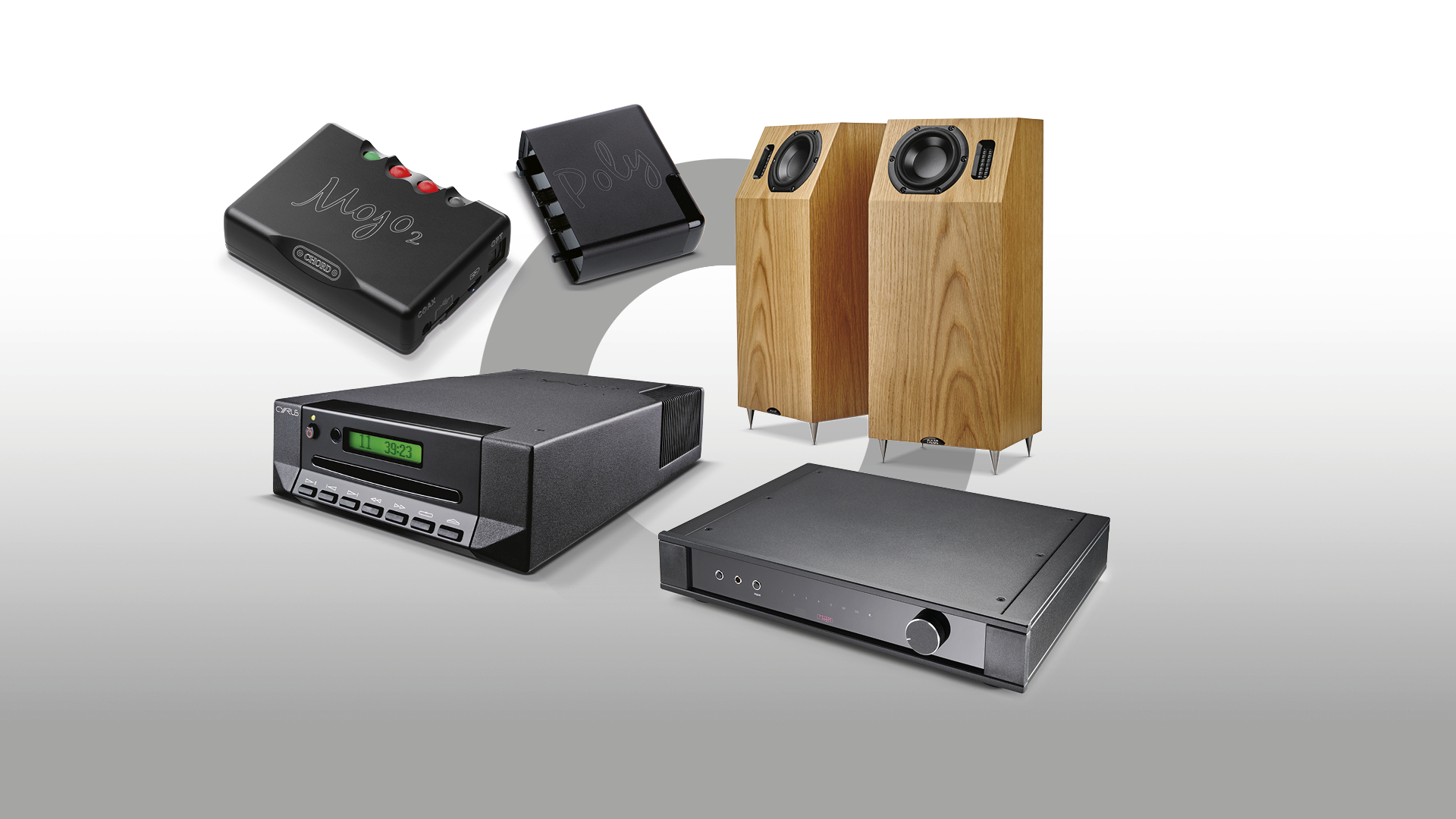
This all-British stereo hi-fi system takes things up a level or two all round from our bargain £1600 turntable and streaming system. This is a thoroughly modern, fully digital system that takes those ones and zeroes and maxes them all the way up to 10; or perhaps that should be 11?
- Welcome to our British Hi-Fi Week 2023!
The system
CD player: Cyrus CDi (£1595/$1899/AU$2499)
DAC/streamer: Chord Mojo2/Poly (£995/$1600/AU$1998)
Stereo amplifier: Rega Elex Mk4 (£1199/$1875/AU$2499)
Loudspeakers: Neat Iota Alpha (£2025/$2150/AU$3300)
Total: £5814 / $7524 / AU$10,296
Compact Disc player: Cyrus CDi
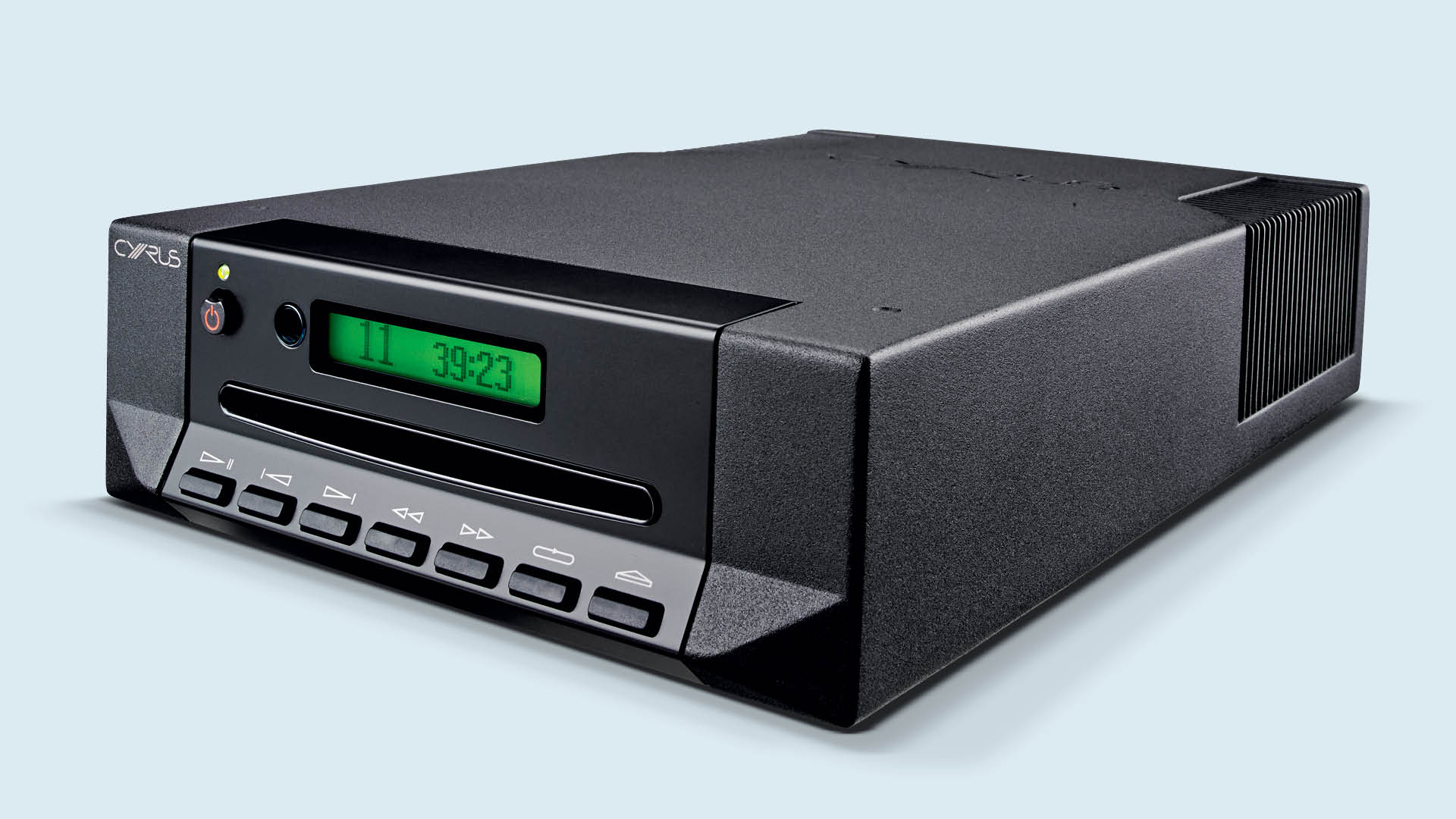
We’ll kick things off with the main source. Reports of the compact disc’s death have been greatly exaggerated over the past few years – partly, it’s true, because of the stubborn, wonderful refusal of the turntable to reverse its impressive upward trend. But when you consider that most streaming platforms, and certainly the most popular of them, don’t provide music at the quality that a CD offers, it’s clear that there is plenty of life left in the silver disc.
Get the What Hi-Fi? Newsletter
The latest hi-fi, home cinema and tech news, reviews, buying advice and deals, direct to your inbox.
The Cyrus CDi currently sets the benchmark at its price. And as the consistent stream of What Hi-Fi? Awards won over the years since the CDi’s launch can attest, it has been a perennial leader in its field.
It presents the uniform, articulate and intuitive presentation that we expect from a more expensive player. There is a bucket-load of detail and precision: each layer of a track is precisely unpeeled, with every instrument coming through with coherent flow and tact.
It’s this fine CD player’s rhythmic talent, though, that truly raises our eyebrows. Pace and momentum is exercised with articulation and vibrancy, and we find ourselves entertained by the Cyrus’s dynamic agility and neutral balance in a way that is rare at this price.
DAC and streaming module: Chord Mojo2/Poly
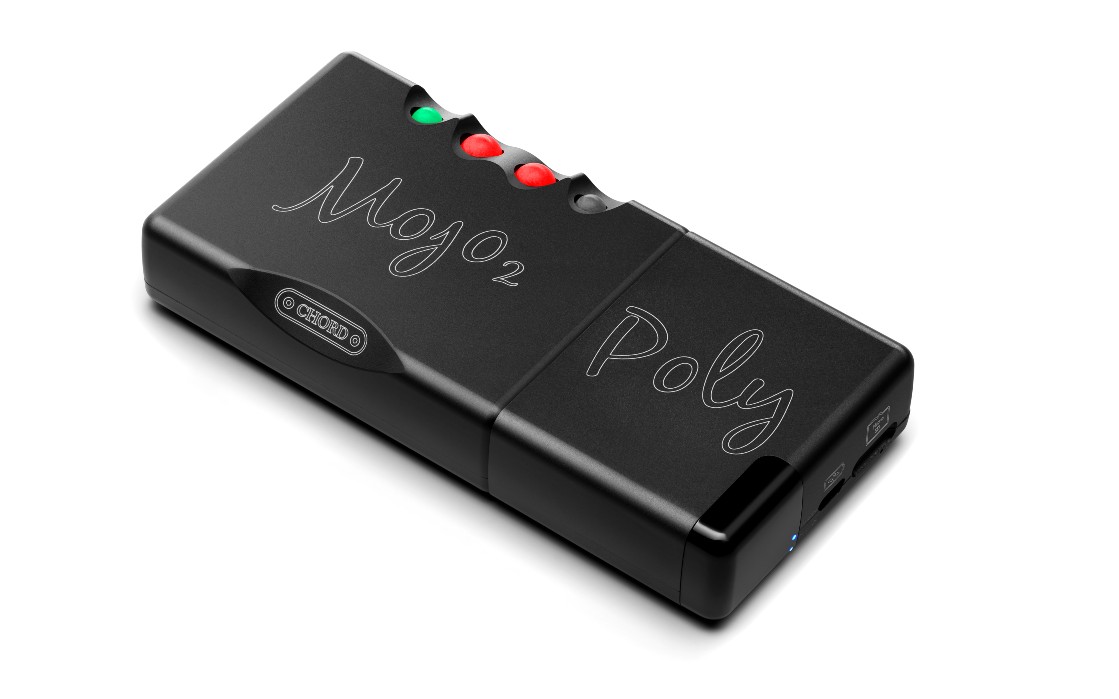
Our second digital source is rather more unusual than the CD player in the system. Chord is one of our go-tos for digital to analogue converters, with What Hi-Fi? Awards coming out of its ears for its high-end DACs. The Mojo 2 is Chord's entry-level offering, and it’s a joy, appropriately enough – the name Mojo comes from a conflation of ‘mobile joy’.
We have married the Mojo 2 here with its Poly partner, a neat little attachment that opens up streaming abilities to the DAC, in the form of DLNA, AirPlay, Bluetooth and microSD card playback.
And, in terms of musical matrimony, the Poly and Mojo could be gearing up for their Silver anniversary. Sonically, this is a match made in hi-fi heaven.
We absolutely loved the original Mojo, but Chord has advanced things in pretty much every sonic area with this sequel. The soundstage has been opened up and that extra depth and dimension has been filled with greater resolution that is not only unmistakably present thanks to a big boost in clarity but also more precisely placed. A listen to Ludovico’s Rolling Like A Ball in hi-res is enough to tell us as much; the leading edges of piano notes are crisper without compromising the flow of the piece, while harmonic subtleties are more easily discernible.
Indeed, the improvements over the original Mojo (which, please remember, we absolutely loved) are enough for us to have recommended the upgrade to the second generation even to owners of the first iteration.
Integrated amplifier: Rega Elex Mk4
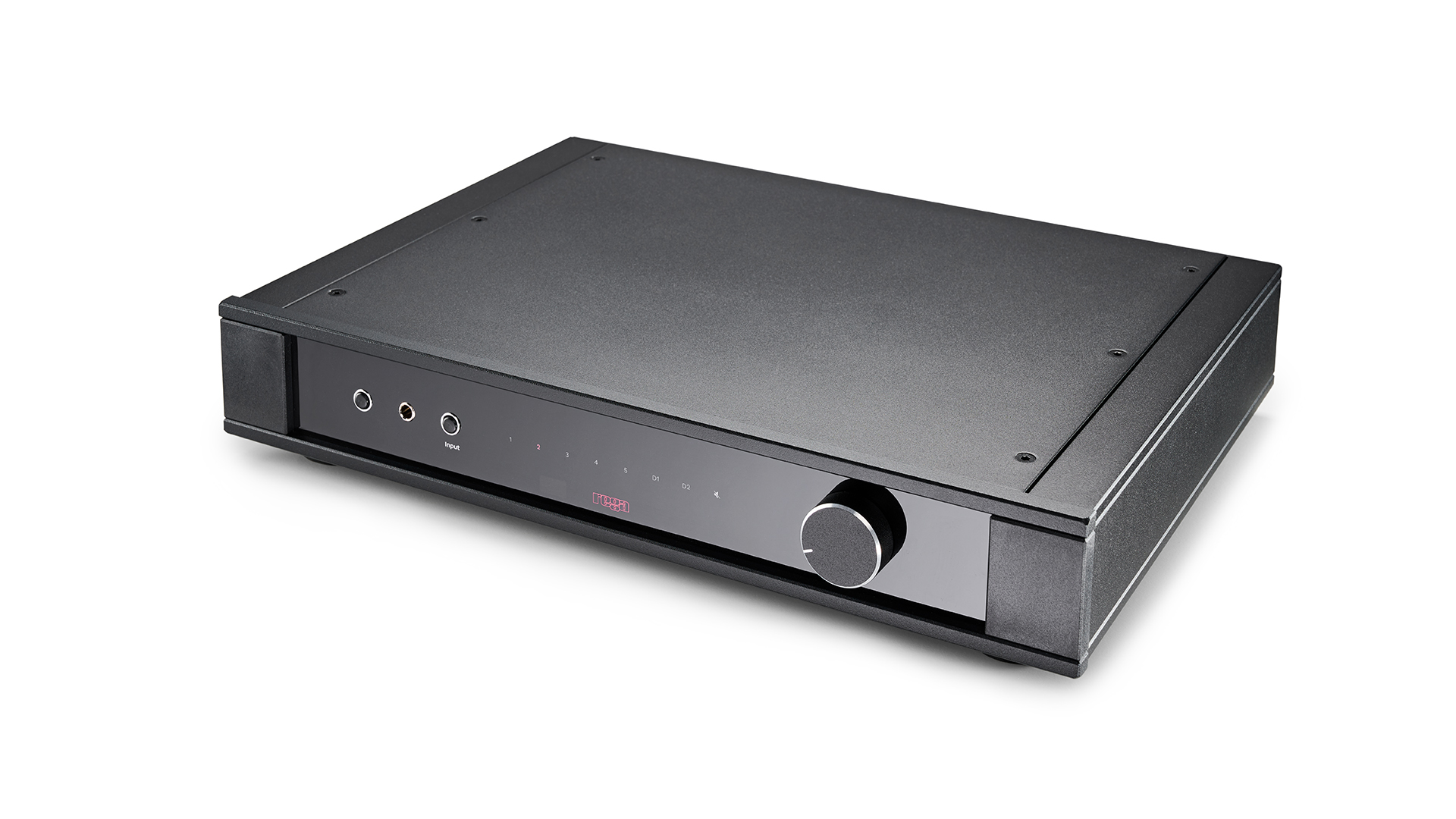
All the brilliance of those two sources for our music would come to nothing, of course, without an amplifier to make the most of their abilities, to boost the signal they have provided and to send it along to the loudspeakers with the oomph to make the whole lot sing.
Enter Rega’s latest Elex amplifier. The Elex Mk4 is the successor to our multiple-Award winning Rega Elex-R, one of our favourite amplifiers of the past decade.
As we say in our review of the Elex Mk4, this isn’t a showy amplifier; it doesn’t try to artificially grab your attention or hide any insufficiencies behind metaphorical jazz hands. It simply handles every element of the music in an incredibly assured and elegant manner. This is an amplifier that knows what it’s doing and wants you to just sit back and listen.
The way the Rega handles music – delivering it as a cohesive whole rather than individual elements – is effortlessly done. We struggle to focus on particular strands or frequencies to critique, and instead are content listening to track after track and marvelling at how the Elex turns its hand to every song. It simply doesn’t impose itself on the music – that’s a huge accomplishment.
It does have a rather lean character that works to its advantage when it comes to timing. Agile and nimble-footed, it can be as pacy or as steady as needed, marshalling musical elements with authority and making sense of complex rhythms with ease.
Revealing and faithful, the Elex Mk4 is capable in ways far beyond our expectations at this mid-tier price point. The addition of digital inputs and a headphone port is a great step in the right direction from Rega; that’s not something of direct concern in this particular set-up, but it does give more flexibility in how you might listen to this terrific amp.
Stereo speakers: Neat Iota Alpha
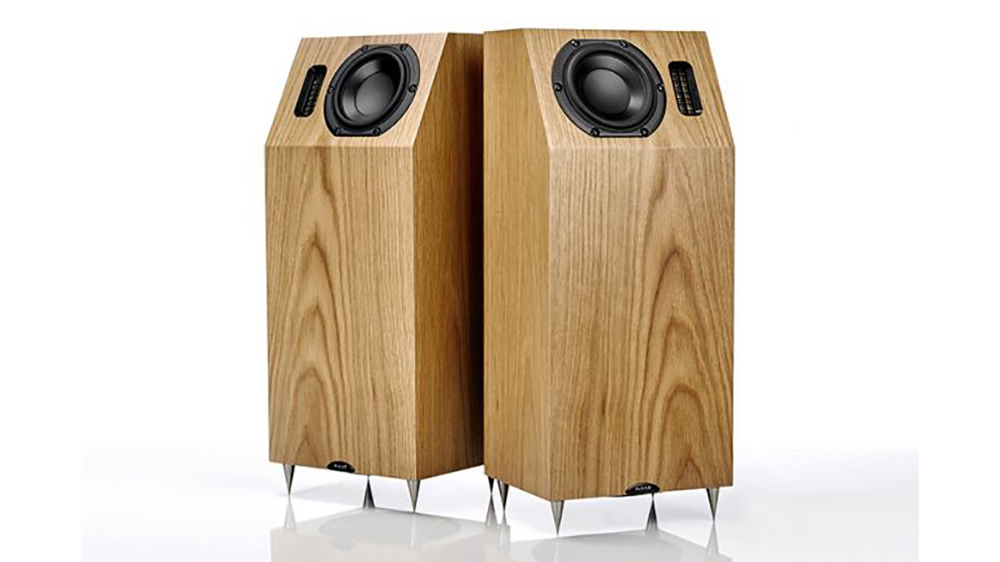
The final piece of the puzzle in this fine British hi-fi system comes in the somewhat unconventional form of the Neat Iota Alpha loudspeakers. Little knee-high floorstanders, angled to allow for that diminutive stance, they are brilliant performers that won’t dominate a room.
On which note, they aren’t particularly fussy about placement: they need a bit of reinforcement from a rear wall – we place them around 30cm out into the room, with just a hint of angle towards the listening position.
And the position of the tweeters gives extra scope for tweaking. Leave them on the outer edges and you will get a wider spread of sound. Leaving them on the inside adds just a touch more focus. The optimum placement depends on your room and system, so you should have fun experimenting and tweaking.
Get everything set up just so, and you will enjoy a surprisingly expansive and spacious presentation from these little boxes that wouldn’t be out of place from rivals twice the height. There’s a good amount of precision, and the presentation stays stable even when the music becomes demanding. The Neats sound way bigger than expected, delivering a sense of authority and solidity totally out of keeping with their size. With eyes closed we would never guess the speakers are so small.
The Alpha’s presentation is wonderfully cohesive, the three drivers integrating seamlessly, and the sound is appealingly robust. Dynamics are strong too, with larger-scale dynamic shifts handled with confidence even at higher volumes.
While there is a good amount of low-frequency action, it’s fair to say larger, similarly priced traditional floorstanders from the likes of B&W, Fyne Audio or Q Acoustics will dig deeper and hit harder. It would be unrealistic to expect such compact speakers to fill a larger room fully, but in a small to medium space they are great for anything below nightclub levels.
Verdict
Each of the components in this best of British stereo system is a top performer in its own right. As a team, however, they gel together wonderfully to allow your music, whether from CD or a stream, to be heard at its fullest potential. It will provide many many years of listening pleasure; and that, after all, is what this is all about – enjoying and sharing the music we love.
MORE:
Read our British Hi-Fi Week 2023 news, features and reviews
Why the 1970s were the perfect time to start a British hi-fi company
11 of the best British record players of all time
These are the best stereo amplifiers: the best integrated amps for every budget

Jonathan Evans is the editor of What Hi-Fi? magazine, and has been with the title for 18 years or so. He has been a journalist for more than three decades now, working on a variety of technology and motoring titles, including Stuff, Autocar and Jaguar. With his background in sub-editing and magazine production, he likes nothing more than a discussion on the finer points of grammar. And golf.
